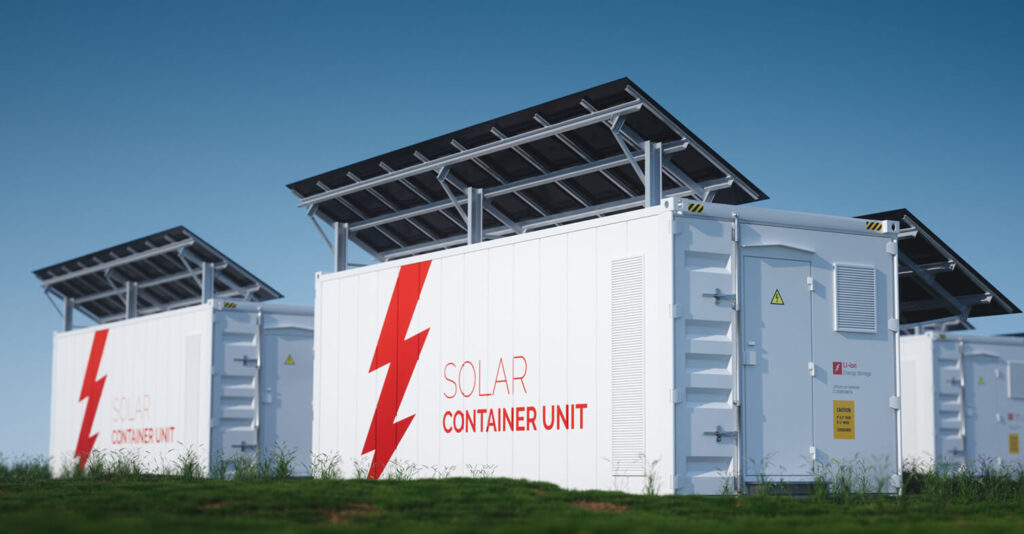Garage door sensors are an integral safety feature that prevents the door from closing on objects or people in its path. However, like any other component, they can malfunction over time, leading to potential safety hazards and operational issues. In this article, we’ll explore various signs indicating a faulty garage door sensor and provide you with the knowledge to identify and address the problem promptly.
Importance of Garage Door Sensors
Before discussing the signs of a bad sensor, it’s crucial to understand its significance. Garage door sensors are typically located near the bottom of the door track, about 6 inches from the ground. They work in pairs, with one sensor emitting an invisible beam and the other receiving it. If the beam is interrupted by an object or person, the sensors communicate with the garage door opener, preventing the door from closing and potentially causing injury or damage.
Signs of a Bad Garage Door Sensor
The Door Doesn’t Close Properly
One of the most apparent signs of a faulty garage door sensor is when the door fails to close completely. If the sensors function correctly, the door should reverse or stop closing when an object or person breaks the infrared beam. However, if the door doesn’t respond to obstructions or continues to close despite the presence of an object, it could indicate a sensor issue.
The Door Reverses Unexpectedly
While a door that doesn’t close properly is a clear sign of a problem, a door that reverses unexpectedly can also indicate a sensor malfunction. If the sensors detect a non-existent obstruction, the door may reverse or fail to close, even when there’s nothing in its path. Misaligned, dirty, or damaged sensors could cause this erratic behavior.
The Sensor Lights Are Not Functioning
Most garage door sensors have small LED lights that indicate their operational status. If one or both of these lights are not illuminated, it could mean that the sensors are malfunctioning or not receiving power. It’s essential to check the lights periodically to ensure the sensors work correctly.
Physical Damage or Misalignment
Another sign of a bad garage door sensor is visible physical damage or misalignment. If the sensors have been knocked out of position or have cracks or other physical damage, they may not function properly. Inspect the sensors for any signs of tampering, impacts, or wear and tear that could affect their performance.

Potential Causes of Sensor Failure
Obstruction or Interference
One of the most common causes of sensor failure is obstruction or interference. Dirt, dust, debris, or even cobwebs can accumulate on the sensor lenses, preventing the infrared beam from being transmitted or received correctly. Additionally, nearby electrical devices or appliances can sometimes interfere with the sensor’s operation.
Wiring Issues
Faulty wiring or loose connections can also lead to sensor failure. If the wires connecting the sensors to the garage door opener are damaged, frayed, or disconnected, the sensors may not receive the necessary power or communication signals.
Environmental Factors
Environmental factors such as extreme temperatures, humidity, or sunlight exposure can affect the performance of garage door sensors. Over time, these conditions can degrade the sensors’ components, leading to reduced sensitivity or complete failure.
Age, Wear, and Tear
Garage door sensors can wear out over time, like any other mechanical or electronic component. The internal components may deteriorate as they age, affecting their accuracy and reliability. It’s essential to periodically inspect and replace older sensors to ensure optimal safety and functionality.
Troubleshooting and Maintenance
If you suspect that your garage door sensors are malfunctioning, there are a few troubleshooting steps you can take:
- Clean the sensor lenses with a soft, dry cloth to remove dust or debris.
- Check the wiring connections and ensure they are secure and undamaged.
- Adjust the sensor alignment by gently moving them until the LED lights indicate proper alignment.
- Replace the sensors if they are visibly damaged or have reached the end of their lifespan.
Regular maintenance is crucial for ensuring the longevity and proper functioning of your garage door sensors. Periodic cleaning, alignment checks, and inspections can help identify potential issues before they become significant problems.
When to Call a Professional
While homeowners can perform basic troubleshooting and maintenance tasks, seeking professional assistance for more complex issues or replacements is always advisable. Garage door sensors are critical safety components, and improper installation or repair can compromise the system’s integrity and put you and your family at risk.
Garage door sensors play a vital role in ensuring the safe operation of your garage door system. By recognizing the signs of a bad sensor, such as a door that doesn’t close properly, unexpected reversals, non-functioning sensor lights, or physical damage, you can take prompt action to address the issue. Regular maintenance, troubleshooting, and timely replacements can help prevent potential accidents and ensure the smooth functioning of your garage door system.
If you’re in Calgary and need professional garage door services, including sensor repair, maintenance, or installation, look no further than Gulliver Garage Doors. Our team of experienced technicians is dedicated to providing top-notch solutions tailored to your needs. Contact us today to schedule an appointment or learn more about our comprehensive range of services.
Related Links
Garage Door Safety Sensor Installation
How much does it cost to install a garage door safety sensor?
How do you bypass the safety sensor on a garage door opener?
Will garage door work without sensors?







